Kız Kulesi: Also known as Leander's Tower, is one of the most romantic symbols of Istanbul. A 12th century stone tower erected on a rock at the entrance of the Bosphorus by Byzantine Emperor Manuel Komnenos. This tower, which has served as a prison and a lighthouse, became the source of many legends in ancient days, such as Leander's or Maiden's. It's now open to the public as a cafeteria & elegant restaurant which hosts concerts and meetings as well. Transportation to the Tower is made by private shuttle boats from both shores of the Bosphorus.
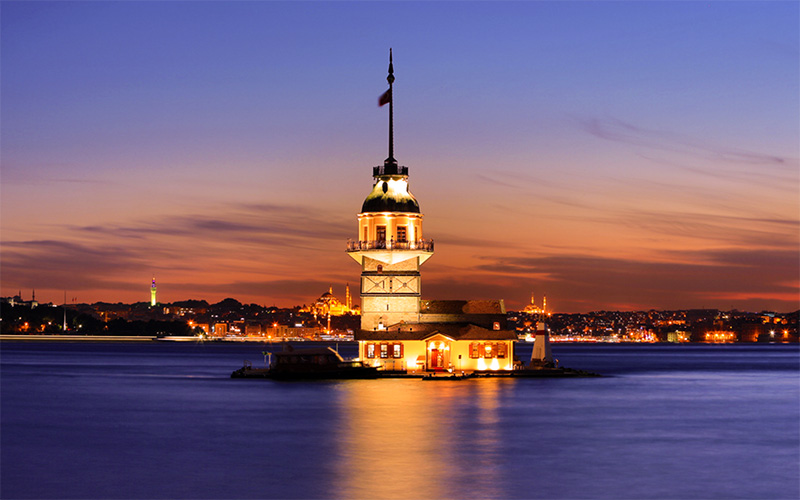
Kapalicarsi (Grand Bazaar)
Built in the 15th century as a complex of 3,000 shops selling raw materials to be used in clothes manufacturing, the Covered Bazaar fulfills a viable commercial function to this day. The Bazaar's fine shops and exotic atmosphere, mingling the ancient and new, make it a "must-see" in Istanbul. It's divided into many sections such as leather, rugs, souvenirs, copper, antiques, textile etc. There are 18 gates and 60 streets inside.
Open everyday except Sundays and National Holidays.
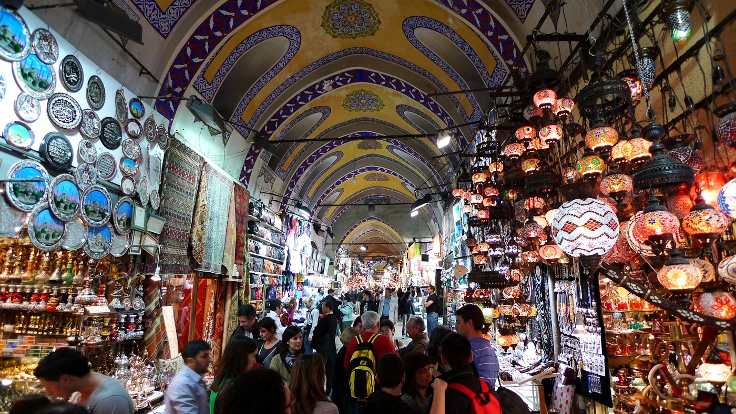
Mısır Carsisi (The Egyptian Spice Bazaar)
Built in the 17th century next to the Golden Horn, the Spice Bazaar is the second largest covered bazaar in Istanbul. Originally housing shops selling medicine and spices, the Spice Bazaar continues to fulfill its original function. This distinguished example of Ottoman architecture continues to sparkle with life even today.
Open everyday except Sundays and National Holidays.
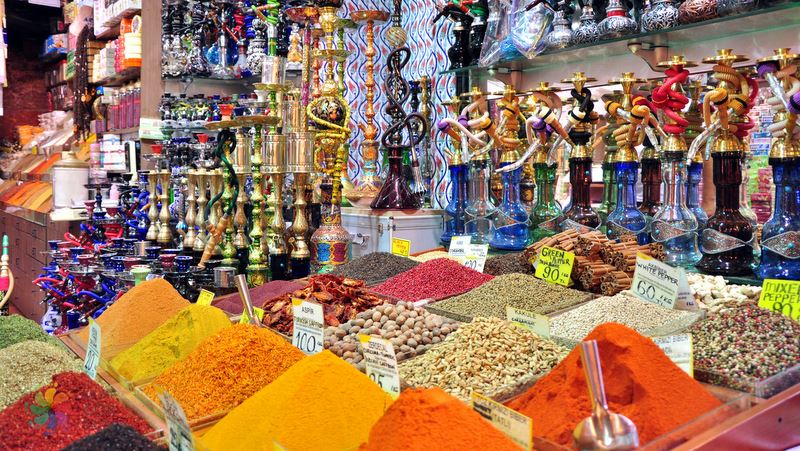
Rumeli Hisari: Sultan Mehmet the Conqueror built Rumeli Fortress in four months only and directly opposite to Anadoluhisari fortress in 1452 in preparation for the final attack on Constantinople (modern Istanbul), which led to the downfall of the Byzantine Empire. Today, the fortress hosts many concerts and dramatic performances in its amphitheatre usually during the summer months.
The Blue Mosque (Sultan Ahmet Camii): This 17th century mosque, facing the Haghia Sophia, is famous for its beautiful blue tile work ornamenting its interior walls. Its surrounding six slim minarets distinguish it from other mosques which normally have two or four minarets. The mosque was built in seven years between 1609-1616 by the architect Mehmet Aga with the order of Sultan Ahmed I and became the most important mosque of the city, right in the Sultanahmet squarewas built opposite Haghia Sophia for Sultan Ahmet between 1609 and 1616 by Sedefkar Mehmet Ağa, who was one of Sina's apprentices
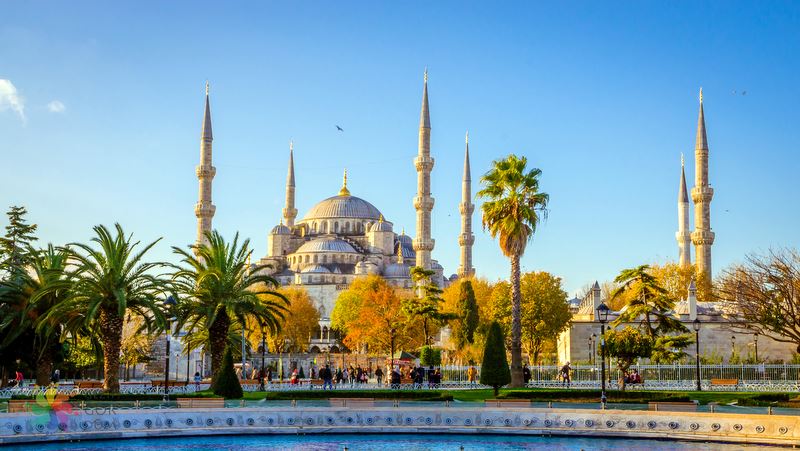
Sultanahmet Square (Hippodrome)
Scene of horse and chariot races and the center of Byzantine civic life. It was the place where the Nika Riot started in 532 AD. There are an Egyptian Obelisk, a stone obelisk and the Serpentine Column which were originally brought by the emperors and used for the decoration of the Hippodrome. At the other side of the Hippodrome the German Fountains still functions today. The imperial lodge was located to the west of the Hippodrome where Ibrahim Pasha Palace stands now. Today Sultanahmet Square is a nice area for picnics and meetings.
Open everyday.

Haliç (The Golden Horn-PierreLotti ): The Golden Horn, a horn-shaped estuary, divides European side of Istanbul. One of the best natural harbors in the world, the Byzantine and Ottoman navies and commercial shipping interests were centered here. Today, lovely parks and promenades line the shores. In the setting sun, the water shines a golden color, from which its name comes from.
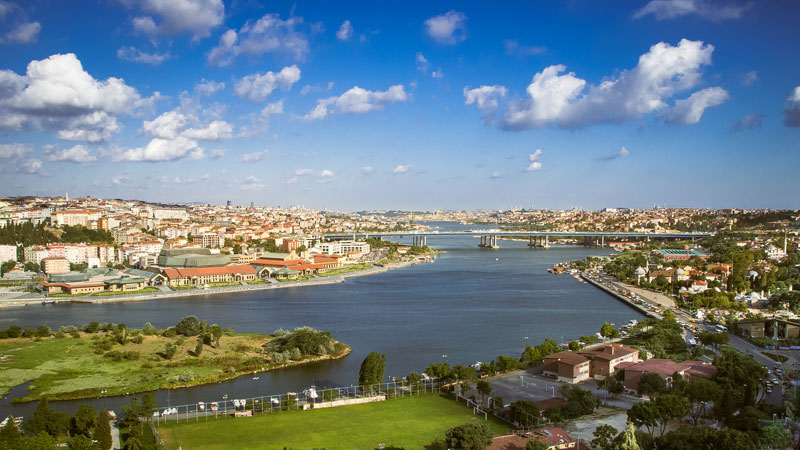
Imperial Boats / The Sultan's Boat: The Ottomans classified boats according to the person using them as well as the purpose of use. There was a hierarchy that determined who could use which boat, the number of oarsmen they could have working and other such details. At the top of the rank were the Sultan's boats that carried the ruler of the empire, the Sultan. The Sultan was the only person who could own the largest boat (30 meters x 2.5 meters) and have the greatest number of oarsmen (26). Only he was allowed to travel around the Golden Horn and the Bosphorus on this spectacular boat specifically designed and decorated to show his imperial wealth, power and prestige.
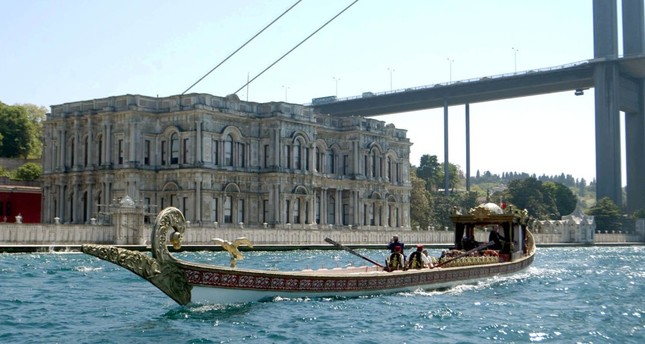
Eyüp Mosque: The first mosque built after the conquest of Istanbul, the great Mosque of Eyüp lies outside the city walls in Eyüp district, near the Golden Horn, at the supposed place where Eyüp (Eyyub el Ensari), the standard bearer of the Prophet Muhammed, died in the Islamic assault on Constantinople (Istanbul) in 670. Today it's considered as the second place of pilgrimage for Muslims after Mecca.

In response to a growing demand for trips to Turkey, The Allure Travel is passionate about providing expert services and advice to you to make your visit to Turkey a truly memorable experience. See Our All Tours